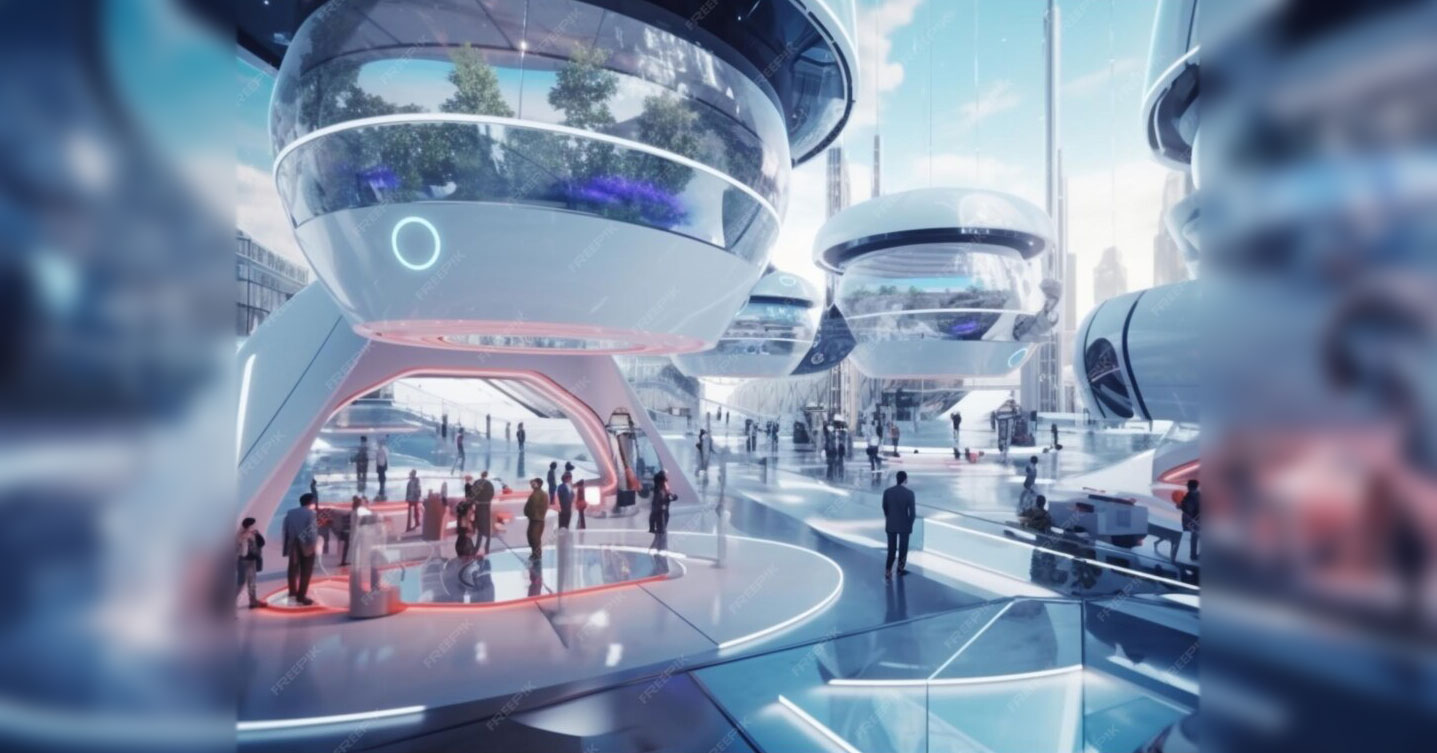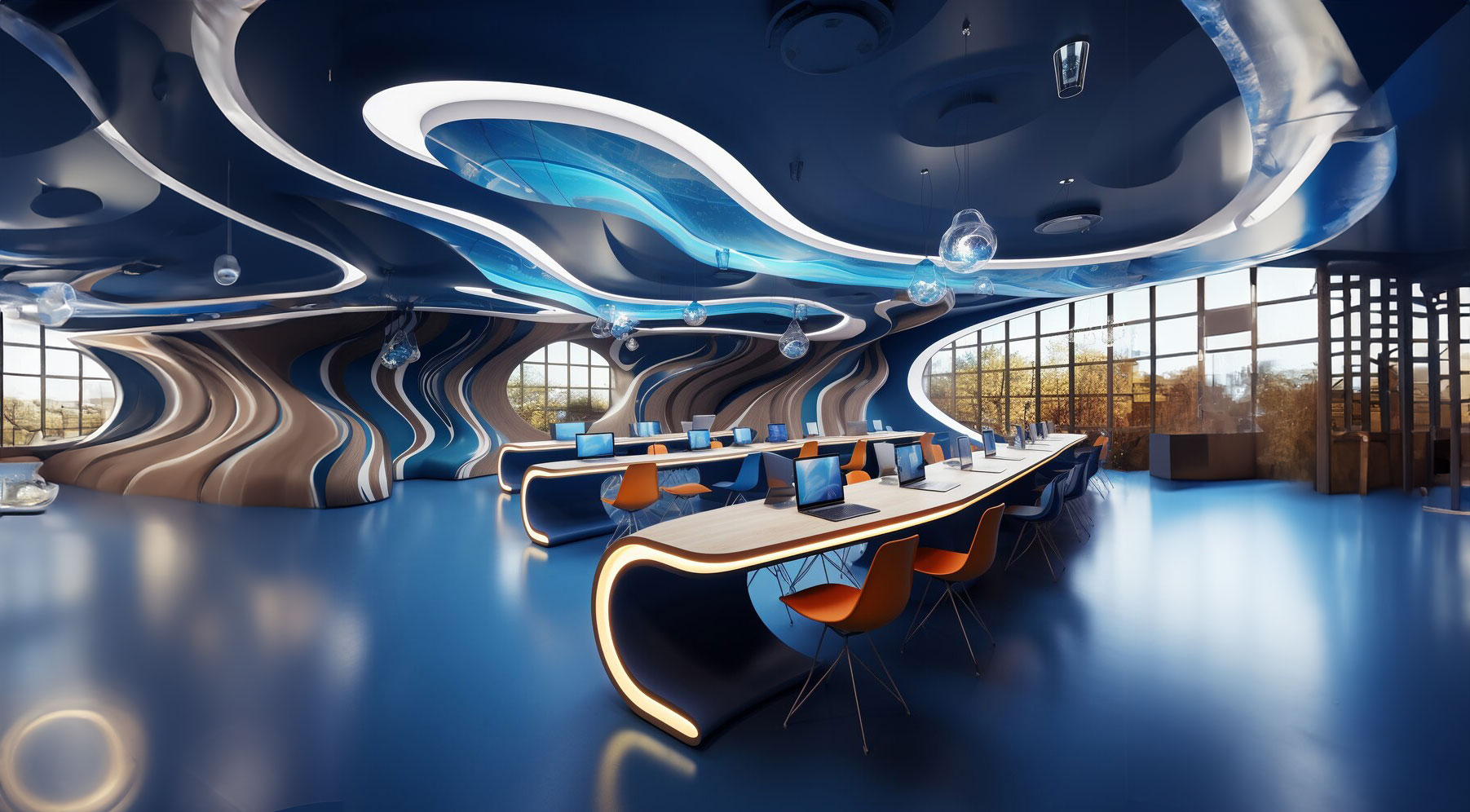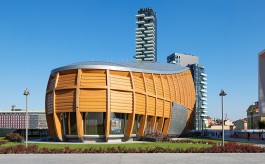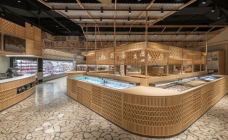Will brick & mortar stores of the future be vastly different?
By N Jayalakshmi | February 28, 2024
Well, if not vastly, they are certainly likely to be changed spaces in many important aspects, as indicated by current trends in store rollouts, projects and the views of industry stakeholders. Taking these into account and accordingly planning for the future might help improve outcomes for businesses in the retail eco system.

When Retail4Growth reached to stakeholders in the retail ecosystem during the end of last year and early this year to get their views on anticipated retail trends this year, the response was immediate and interesting. More importantly, some commonalities stood out. The same may be said of new store launches and projects. They not only indicate immediate future trends, but also point to likely scenario in the not so immediate future. Only time will tell how many of these anticipated changes pan out. But it might help to pay heed to these call outs:
1. Order in store, pick up at home
Many retailers are making omnichannel (in the real sense of the word) an integral part of their stores. This means, among other things, integrating touchpoints in the stores for shoppers to browse online and order what they can’t find in the stores. It’s a key indication that stores can be more than just transactional spaces.
2. Digital is more than just screens
There was a time in the not so distant past when dynamic screens in store brought in a big novelty factor. Today these are near passe– at least the need for them is a given, even if they have not become omnipresent. But what will be more interesting will be the digital integration across all store elements – both functional & experiential. From digital windows & smart mirrors to tech enabled fitouts, IoT based lighting and fully automated stores, digital will be a way of life or functioning, something deeply embedded into the store interface. Store design will possibly be driven by a close mapping of these elements and based on live consumer behaviour data that will flow in from the dynamic/interactive elements and touchpoints.
3. Social spaces – Where culture, coffee & community meet!

Many global brands, especially in the fashion and lifestyle segments, have already started leveraging their stores as spaces to foster community engagements, communicate brand ethos/values, enable cultural showcase and facilitate socially relevant programmes. With ecommerce having already established a strong presence, the brick and mortar stores will become spaces where buying and selling will just be one of the many activities unfolding. Instead, coffee shops for conversations, exhibitions for showcasing local craftsmanship and DIY hubs for engaging consumers, among others, are likely be the highlights of the space.
4. Taking the S factor a notch higher
Sustainability as a term might be a cliché today but it is also increasingly becoming an inevitable business mandate. With mounting pressure on natural resources like water and the need to protect natural environment gaining more urgency, stores might be expected to play a more proactive role in fostering sustainability as a way of doing business. We can expect accelerated focus on recycling, using recycled materials, sustainable store operations, local sourcing, efficient waste management and encouraging consumers to adopt sustainability, among others. This would also see the emergence of more stakeholders in the sustainability eco-system within the retail industry.
5. Back-end, front-end converge…
The crux of digital/tech integration is that everything converges at the point of consumer touchpoint, thus enabling higher efficiency and enhanced consumer experience. More and more retailers are likely to consider this as they plan their investments in technologies. So, from inventory and supply chain management to CRM, data analysis and front-end digital integration, everything stems from a single vision of creating store stickiness and drive consumer loyalty. This also means that front-end and back-end operations will no longer be siloed operations, but will be seamlessly integrated with each other and all other store functionalities/departments.
6. Making investments in Human Resource count
The irony of today’s times is that even as our dependence on technology goes up incrementally, there is a parallel digital fatigue and need for social connections that are almost tangible. Store spaces, being environments that reflect social reality, will step up to address this dichotomy and draw a fine balance between tech integration and use of human resource. The need will be for the right people who can contribute to the store’s social quotient and draw the consumer into an engaging interaction. This means wise investments in staff recruitment and training.
It remains to be seen how much of these will be reflected in the stores of the future. But hey, being forewarned is forearmed! Got a thought to share? Mail it to editor@vjmediaworks.com









Comments